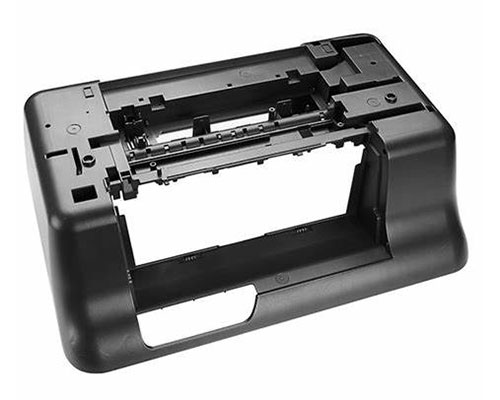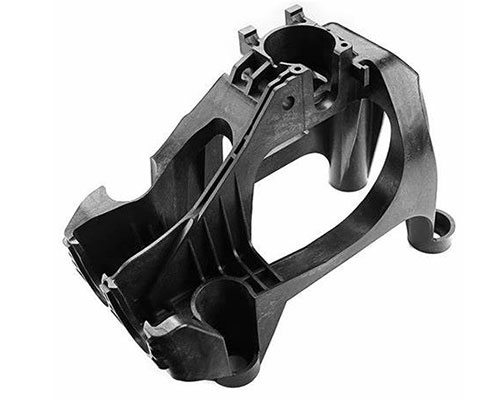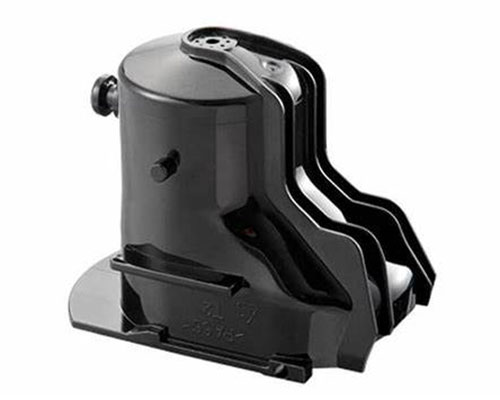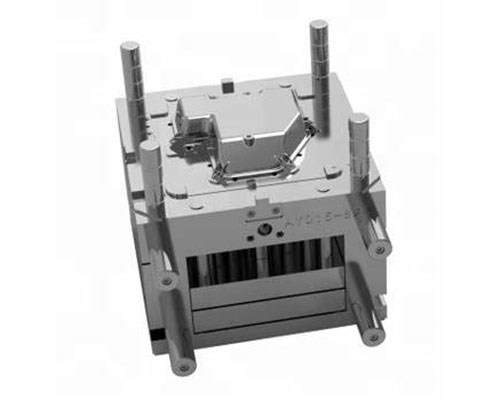Prototyping and Manufacturing Application in Household Appliance parts Industries
Fast-Track Home Appliance Production with Yigu’s Solutions. Accelerate your household appliance innovation with Yigu Technology seamless rapid prototyping and mass manufacturing services.
Key Benefits:
✔ ✅Speed: Reduce time-to-market with agile prototyping.
✔ ✅Precision: High-accuracy molds and parts for consistent quality.
✔ ✅Scalability: Smooth transition from prototypes to bulk production.
✔ ✅Cost-Effective: Optimized processes to cut waste and expenses.
✔ ✅Customization: Tailored solutions for diverse appliance needs.
IIdeal for OEMs and brands seeking reliability, speed, and competitive pricing. Partner with Yigu to transform ideas into market-ready products!
Introduction
The household appliance industry is undergoing a transformative phase, driven by technological advancements that bridge the gap between rapid prototyping and mass manufacturing. As a product engineer at Yigu Technology, I have witnessed firsthand how these innovations are reshaping the way we design, develop, and produce appliances. This article explores the integration of rapid prototyping technologies and mass manufacturing techniques, highlighting their applications and benefits within the household appliance industry.
Rapid Prototyping Technologies in Household Appliances
Rapid prototyping has revolutionized the initial stages of appliance development. Technologies such as 3D printing, fused deposition modeling (FDM), stereolithography (SLA), and selective laser sintering (SLS) enable the creation of functional prototypes with unprecedented speed and precision. These methods allow designers to iterate quickly, reducing time-to-market and ensuring that products meet consumer needs more effectively.
Digital Prototyping and Virtual Testing
Digital prototyping and virtual testing have become integral to the development process. By creating virtual models and conducting simulations, engineers can identify potential issues early, optimize designs, and conduct functional testing without the need for physical prototypes. This not only saves time but also reduces costs associated with multiple iterations.
Low-Volume Production for Market Testing
Low-volume production techniques, such as CNC machining and rapid tooling, facilitate the creation of small batches of appliances for market testing. This approach allows companies to gather valuable feedback, refine products, and make informed decisions before scaling up to full-scale production. It also enables the production of customized or specialized appliances to meet niche market demands.
Mass Manufacturing Techniques for Appliances
Once a design is finalized, the focus shifts to mass manufacturing. Techniques like injection molding, robotic assembly lines, and Industry 4.0 integration ensure efficient, high-volume production while maintaining quality and consistency.
Lean Manufacturing and Cost Efficiency
Lean manufacturing principles are widely adopted to streamline processes, eliminate waste, and enhance cost efficiency. Methods such as just-in-time (JIT) manufacturing and Six Sigma quality control help reduce production costs, improve product quality, and ensure timely delivery.
Smart Factories and IoT Integration
Smart factories equipped with IoT devices and advanced automation technologies are becoming the norm. These facilities enable real-time monitoring, predictive maintenance, and data-driven decision-making, leading to increased productivity and reduced downtime.
Materials and Sustainability in Appliance Production
Sustainability is a growing concern in the appliance industry. The use of recycled plastics, biodegradable materials, and lightweight composites not only reduces environmental impact but also enhances energy efficiency. Additionally, lifecycle assessment (LCA) and green manufacturing certifications, such as ENERGY STAR, are becoming crucial for companies aiming to meet sustainability goals.
Smart Materials with Advanced Properties
The incorporation of smart materials, such as self-healing alloys and energy-efficient composites, is driving innovation in appliance design. These materials offer enhanced durability, functionality, and energy efficiency, contributing to the development of next-generation appliances.
Cost and Time Efficiency in Appliance Development
Efficiency is key in the competitive appliance market. Rapid iteration, prototype-to-production optimization, and agile product development methodologies enable companies to bring products to market faster and at a lower cost. Digital twin technology and supply chain optimization further enhance these efforts, ensuring scalability and adaptability.
Outsourcing vs. In-House Manufacturing
Companies often face the decision between outsourcing and in-house manufacturing. While outsourcing can offer cost savings and access to specialized expertise, in-house production provides greater control over quality and innovation. The choice depends on factors such as production volume, complexity, and strategic goals.
Batch Production vs. Continuous Flow
Batch production and continuous flow manufacturing each have their advantages. Batch production is suitable for small to medium volumes and allows for flexibility in product customization. Continuous flow manufacturing, on the other hand, is ideal for high-volume production, offering increased efficiency and reduced costs.
Case Studies of Household Appliance Parts
Case Study 1: 3D Printed Microwave Components
A leading appliance manufacturer used 3D printing to create microwave components. By employing FDM and SLA techniques, they were able to produce prototypes quickly and test various designs. The final parts were lightweight, durable, and cost-effective, significantly reducing production time and improving overall product quality.
Case Study 2: Injection Molding for Refrigerator Shelves
Another company utilized injection molding to produce refrigerator shelves. By optimizing the mold design and incorporating lean manufacturing principles, they achieved high production volumes with minimal defects. The use of recycled plastics further aligned the product with sustainability goals, enhancing its market appeal.
Case Study 3: CNC Machined Washing Machine Parts
A washing machine manufacturer employed CNC machining to produce precision components. This approach ensured high accuracy and consistency, resulting in improved product performance and reliability. The ability to produce small batches also facilitated market testing and product refinement before full-scale production.
Conclusion
The integration of rapid prototyping and mass manufacturing technologies is transforming the household appliance industry. By leveraging advanced techniques such as 3D printing, injection molding, and smart materials, companies can accelerate development, reduce costs, and enhance sustainability. As we continue to innovate and adapt, the future of appliance manufacturing holds great promise for both consumers and manufacturers alike.



